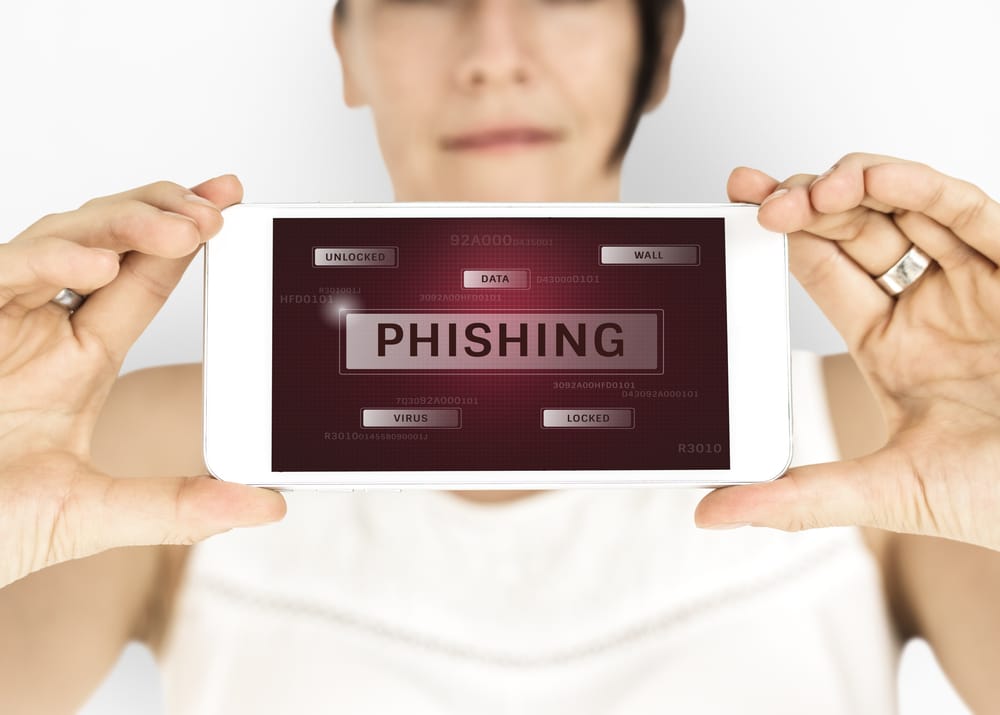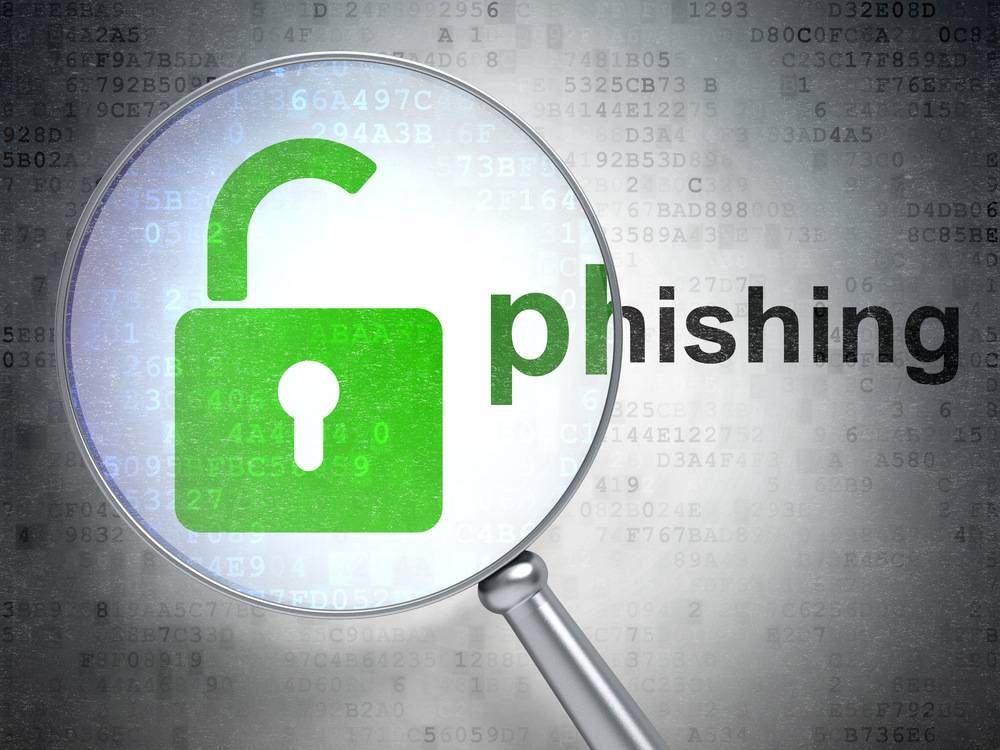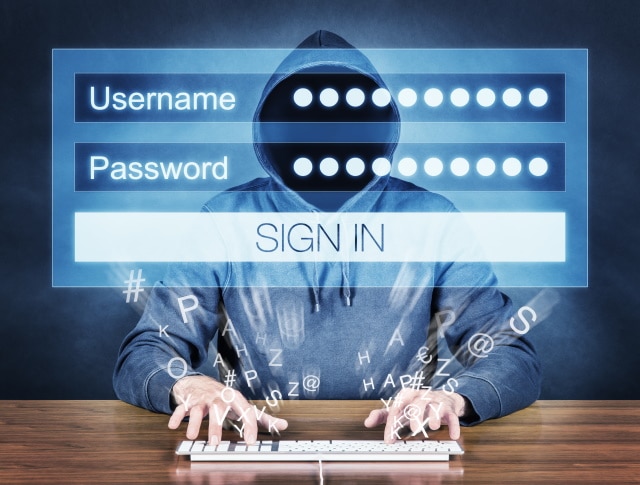
Security staff suffering alert fatigue as report volumes increase
According to a new study, 70 percent of security teams have seen more than double the volume of security alerts in the past five years. These high volumes of reports cause problems for IT security teams with 83 percent saying their security staff experience 'alert fatigue'.
The survey conducted by Dimensional Research on behalf of continuous intelligence specialist Sumo Logic also shows that while automation is helpful it isn't a complete solution.

Remote working exposes organizations to more security risks
A new survey released today by security software firm NetMotion reveals that 47 percent of organizations believe remote work has exposed their organization to high or extreme security risk.
Of these 62 percent are most concerned that workers will visit malicious URLs that could compromise networks and devices, while 45 percent are worried about workers accessing inappropriate content.

Fake content drives online fraud
Based on a study of 34,000 sites and apps, as well as a survey of over 1,000 consumers conducted in June 2020, new research details how content abuse is a critical part of the fraud supply chain, the interconnected ecosystem of fraud.
The research, carried out by digital trust and safety firm Sift, also uncovered a fraud ring based in Russia where fraudsters executed a card-testing scheme through fake listings on an e-commerce marketplace.

Security not keeping pace with moving to BYOD
With a shift to remote working many more businesses are embracing BYOD, but a new report from Bitglass suggests that security arrangements are failing to keep pace.
In the study, 69 percent of respondents say that employees at their companies are allowed to use personal devices to perform their work, while 26 percent also enable BYOD for contractors, 21 percent for partners, and some even for customers, and suppliers.

Over 15 billion sets of credentials in circulation on criminal marketplaces
New research from risk prevention specialist Digital Shadows finds there are more than 15 billion sets of usernames and passwords in circulation in cybercriminal marketplaces -- the equivalent of more than two for every person on the planet.
The number of stolen and exposed credentials has risen 300 percent from 2018 as the result of more than 100,000 separate breaches. Of these, more than 5 billion were assessed as 'unique' -- that is not advertised more than once on criminal forums.

MobileIron launches phishing protection for enterprise mobile devices
Credential theft via social engineering is a major cause of data breaches, but with a more dispersed workforce it becomes harder to guard against.
Security platform MobileIron is launching a new multi-vector mobile phishing protection solution for iOS and Android devices to help organizations defend themselves.

Microsoft launches Project Freta to detect malware in Linux kernels
Microsoft has revealed a new anti-malware service by the name of Project Freta. The company describes it as a "free service from Microsoft Research for detecting evidence of OS and sensor sabotage, such as rootkits and advanced malware, in memory snapshots of live Linux systems".
Project Freta is cloud-based, and the memory forensics tool was created by the NExT Security Ventures (NSV) team in Microsoft Research.

How pre-installed adware can cause trouble for mobile users
New analysis carried out by Kaspersky of attacks on mobile devices has revealed that 14.8 percent of its users who were targeted by malware or adware in 2019 suffered a system partition infection, making the malicious files undeletable.
It also finds that pre-installed default applications have role to play, depending on the brand, the risk of applications that can't be deleted varies from one to five percent in low-cost devices and goes up to 27 percent in extreme cases.

Remote working boosts move to cloud-based security
New research from security management platform Exabeam reveals that 88 percent of UK security practitioners have accelerated their move to the cloud, driven by the need to support a remote workforce.
Significantly, almost half of respondents (44 percent) are now using cloud-based security products to protect their corporate financial information. This is a sharp increase compared to Exabeam's earlier study where just 12 percent were protecting corporate financial information in this way.

DDoS attacks jump over 540 percent during lockdown
In the first quarter of this year, DDoS attacks rose more than 278 percent compared to Q1 2019 and more than 542 percent compared to the previous quarter.
This is among the findings of the Nexusguard Q1 2020 Threat Report. Researchers attribute the sharp rise in incidents to malicious efforts during the COVID-19 pandemic, causing DDoS attacks to interrupt service for large companies and individuals alike.

EaseUS Data Recovery Wizard for Mac is the first and only Mac data recovery app compatible with T2 chips
The T2 chip included in more recent Macs helps to boost security in a number of ways. As well as preventing unsigned software from booting, the chip also secures the entire boot process and handles drive encryption.
But T2 chip can also cause headaches for owners of such machines. The security built into the chip forces users to perform some system repairs -- such as the Touch ID sensor -- with Apple rather than a third party. It can also cause huge problems when it comes to data recovery; that is, unless you're using EaseUS Data Recovery Wizard for Mac.

TLS certificates are a top security concern for businesses
A new study by machine identity protection specialists Venafi of the opinions of 550 chief information officers (CIOs) from the US, UK, France, Germany and Australia finds that 75 percent name TLS certificates as their top concern.
TLS certificates act as machine identities, safeguarding the flow of sensitive data to trusted machines and, thanks to the acceleration of digital transformation, the number of machine identities is rising.

96 percent of developers believe security harms productivity
In a new survey of over 165 developers, AppSec and DevOps professionals, application security automation company ShiftLeft finds that 96 percent of developers believe the disconnect between developer and security workflows inhibits developer productivity.
When asked to prioritize, application security professionals rank creating developer-friendly security workflows as their top priority, even higher than protecting applications in production environments.

Calendar invites used to hide phishing links
The Cofense Phishing Defense Center (PDC) has unearthed a new phishing campaign in multiple enterprise email environments protected by Proofpoint and Microsoft that delivers .ics calendar invite attachments containing phishing links in the body.
The researchers assume that the attackers believe putting the URL inside a calendar invite would help the messages to avoid automated analysis.

1Password launches tool to guard against credential stuffing
Reuse of the same or similar passwords across accounts makes life easier for cybercriminals as they are able to try multiple servers using credentials exposed in breaches -- so called 'credential stuffing'.
Enterprise password manager 1Password is launching a new reporting tool for its users that allows them to swiftly identify compromised accounts and take action to protect the enterprise by alerting users to create new secure passwords.
